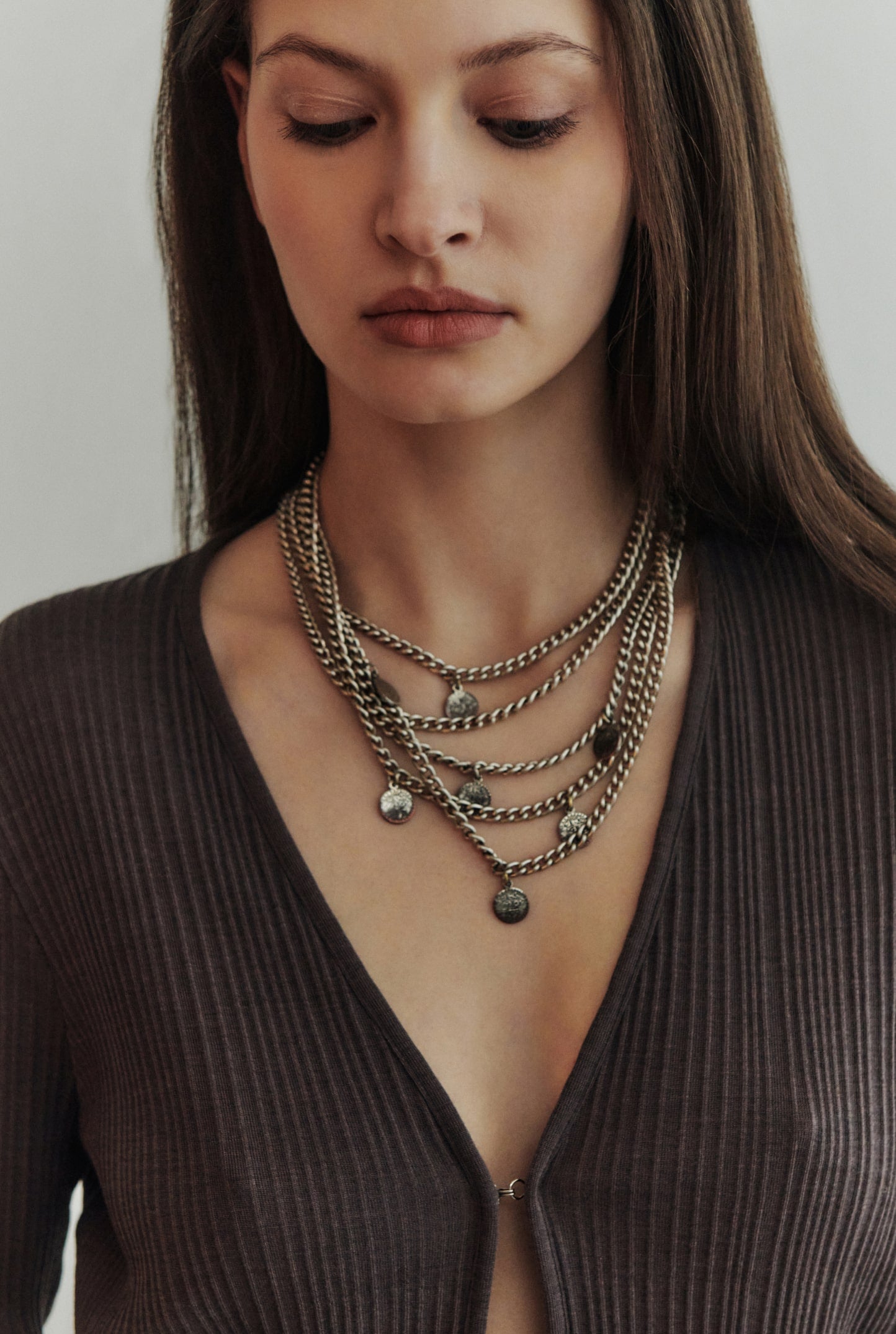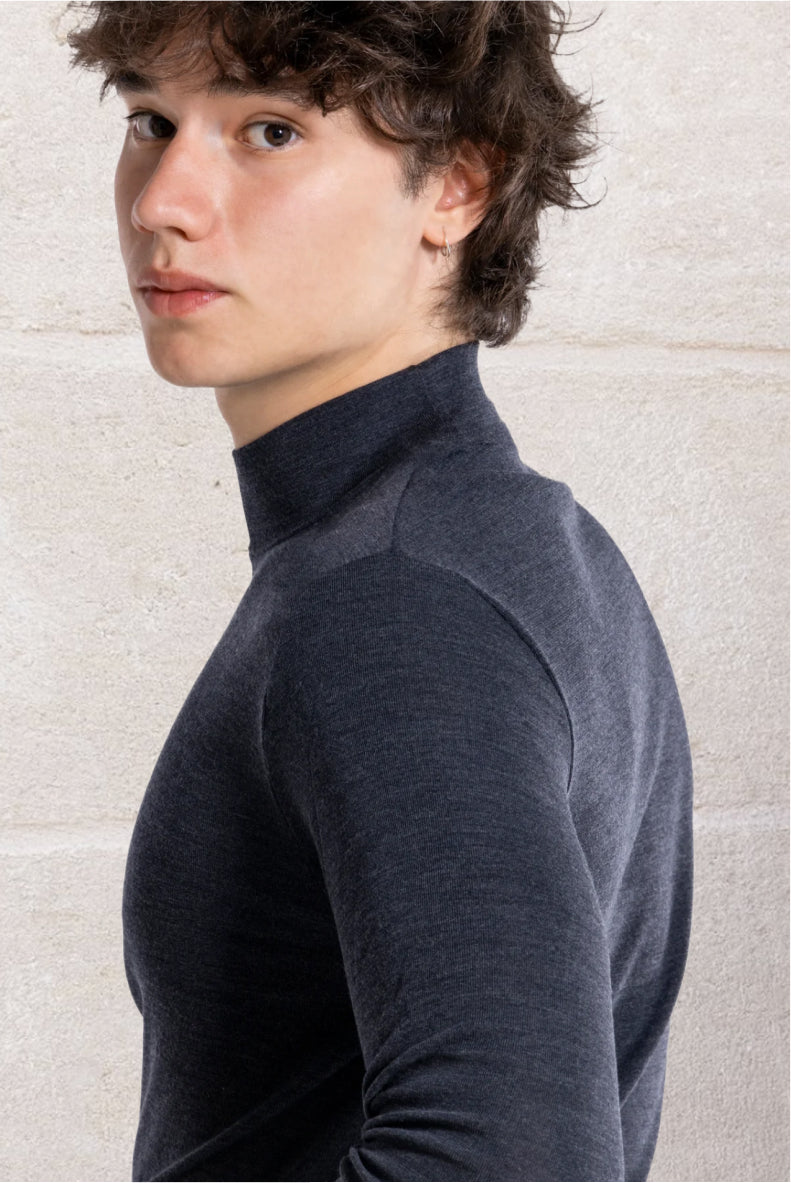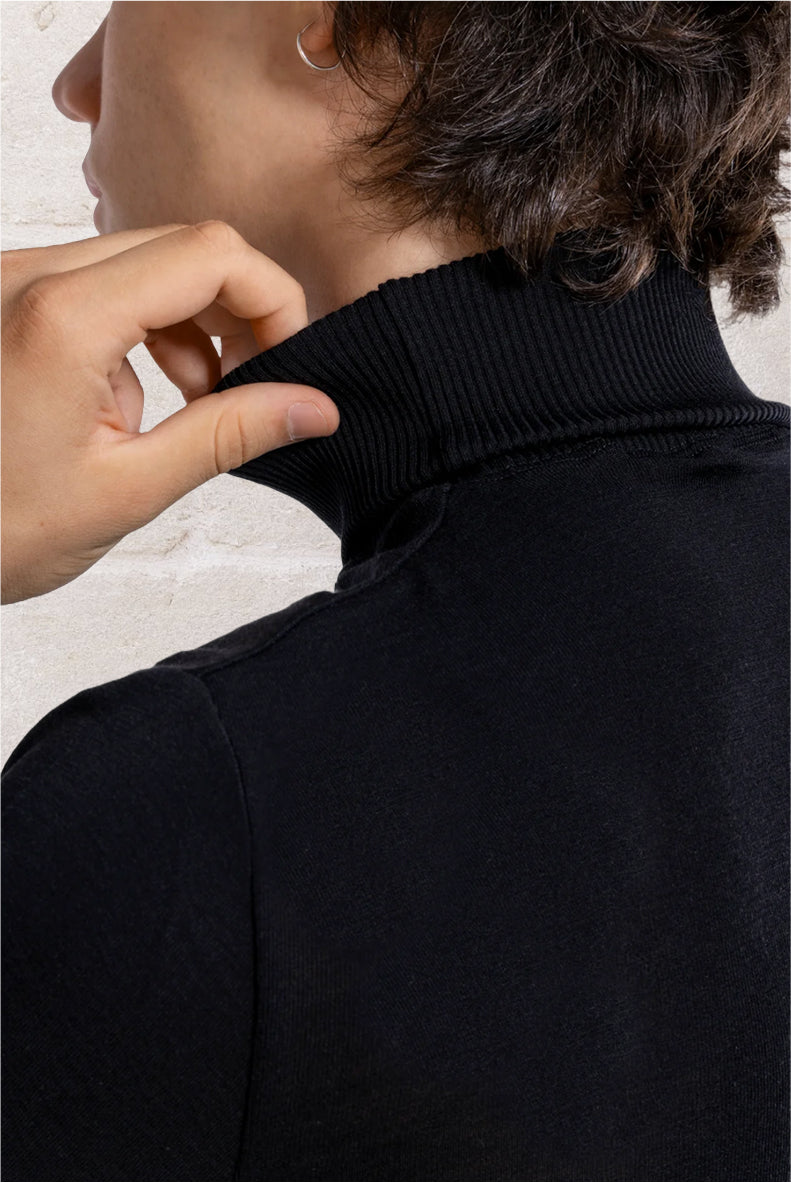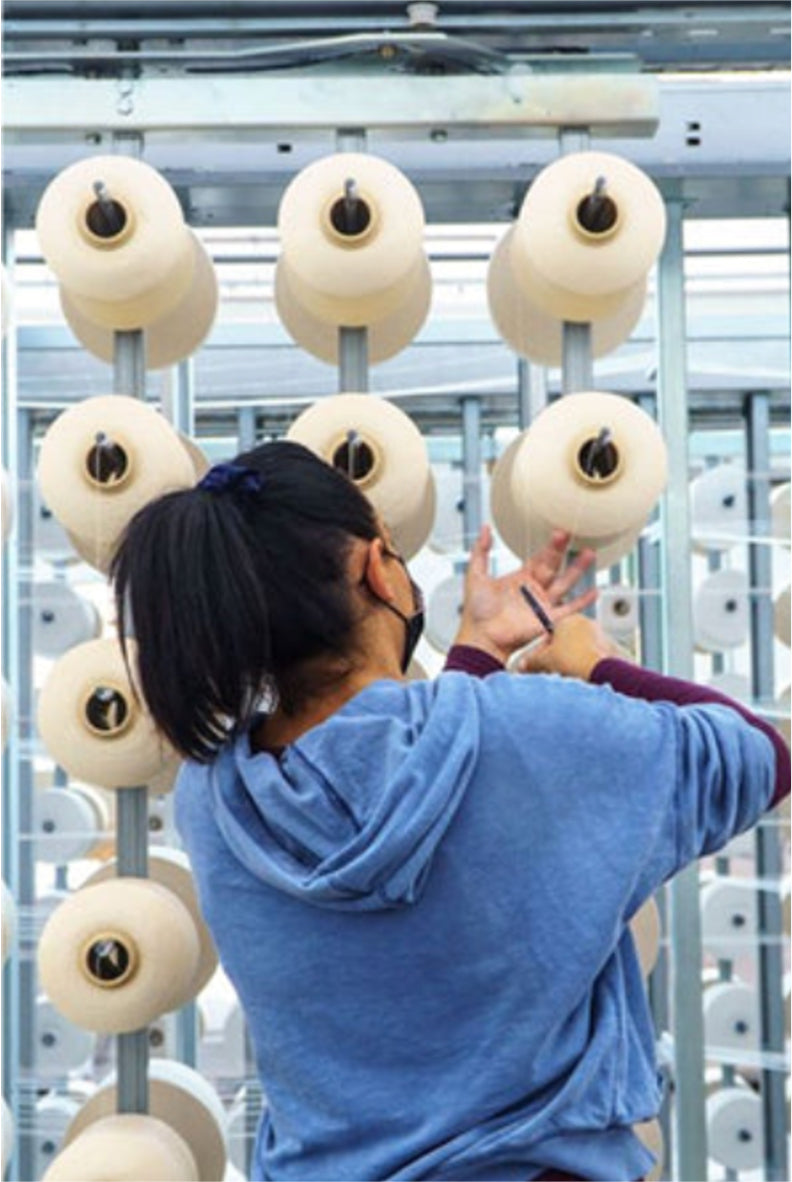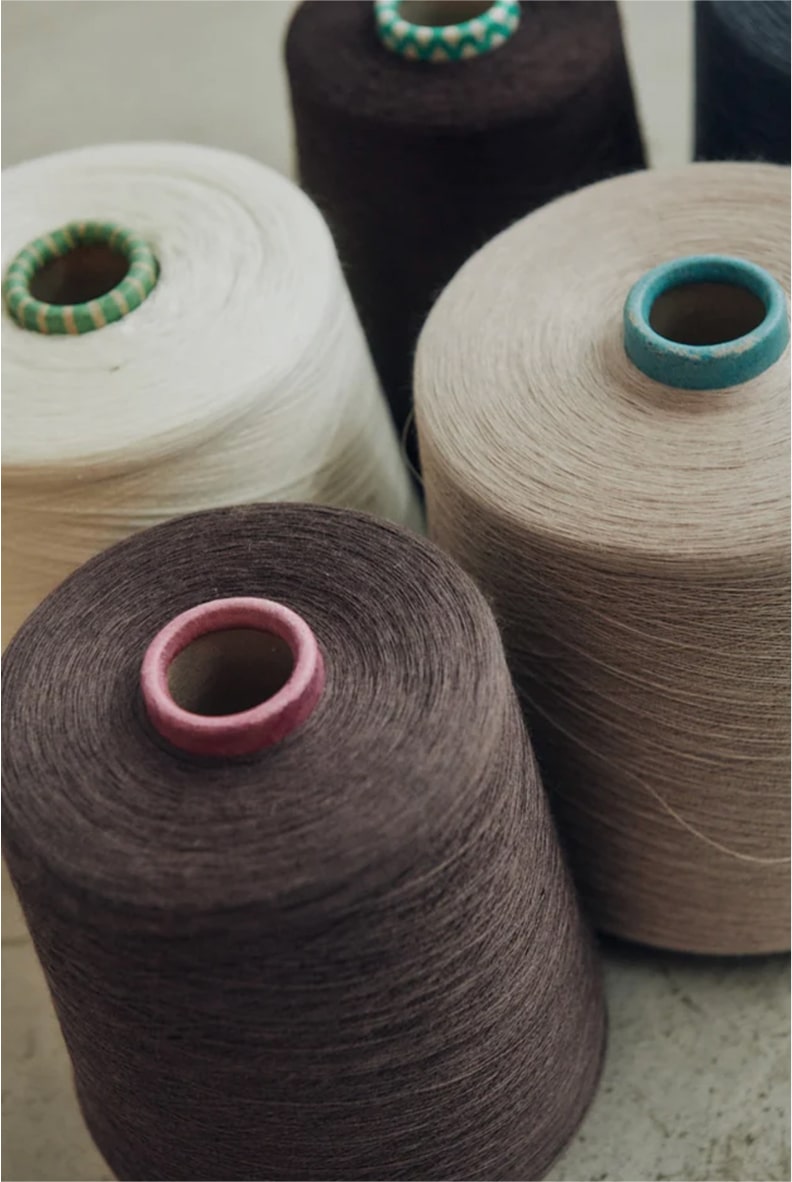Article: The History of Italian Fashion Throughout the Centuries
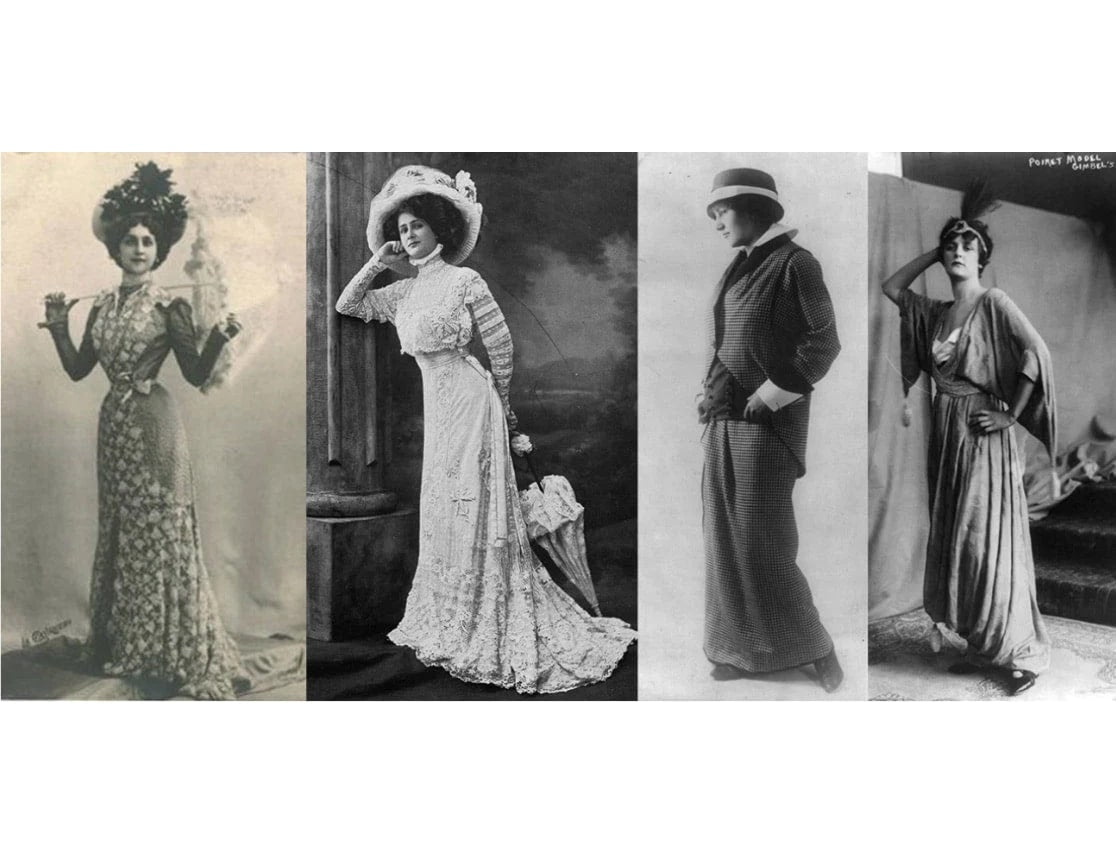
The History of Italian Fashion Throughout the Centuries
Discover the story of Italian fashion and how it has conquered the world, from the art and craftmanship of ancient workshops to the modern fashion empires.
Index
- Introduction: Italian Elegance as a Philosophy of Life
- Historical Roots: From Medieval Workshops to Renaissance Courts
- Rise of Fashion Houses: The Contribution of Gucci, Prada, and Ferragamo
- The '50s and 60s: The Assertion of Made in Italy as a Symbol of Sophistication
- Boldness and Innovation: The '70s and the '80s in Italian Fashion
- Craftsmanship in Detail: The Mastery Hidden in Italian Hosiery
- Tradition and Modernity: Italian Fashion in the 21st Century
- Conclusion: The Global Impact of Italian Elegance Through the Centuries

In this article, we will explore the deep roots of Italian fashion history, its continuous evolution, and its global influence. From the sophistication of Renaissance courts to the bold innovations of contemporary runways, Italian fashion history is a blend of tradition and innovation. With a focus on the subtleties of craftsmanship often overlooked, such as the production of hosiery, we will see how Italian fashion history is much more than mere style but rather a philosophy of life and a true expression of Italian cultural identity.
Italian Fashion History: Italian Elegance as a Philosophy of Life
Elegance is a term that goes beyond mere appearance or how we dress. In Italy, elegance is a philosophy of life, a tangible manifestation of the culture, history, and artisanal talent that the country has to offer. From Milan to Rome, through Florence, Turin, and Naples, every corner of the beautiful country exudes an innate class that has conquered the entire world. It is not just about high fashion or inaccessible luxury; it is an expression of a collective commitment to excellence, reflected in every aspect of daily life.
Elegance in Everyday Life
In Italy, elegance is embedded in social fabric and manifests in surprisingly diverse ways:
- In clothing, where attention to detail and the quality of materials are fundamental.
- In architecture and design, where form meets function in perfect balance.
- In the arts, from music to painting, where tradition and innovation merge into one harmonious whole.
- Even in cuisine, where every dish is a work of art, pleasing both the palate and the eyes.
The Seal of Made in Italy
When we talk about Italian elegance, we cannot ignore the mark of excellence known as Made in Italy. This label is not just a sign of geographical origin but a true seal of quality embodying craftsmanship, innovation, and elegance. Made in Italy is both a guarantee of high-class craftsmanship and a testament to Italian creativity and ingenuity.
The Heritage of a Nation
Italian elegance is also a cultural legacy, a shared heritage that has evolved over centuries. From Renaissance art to medieval guilds, from 20th-century designers to emerging talents, Italy has always played a leading role in the global definition of elegance and style. In this article, we will briefly explore how Italian fashion has traversed and influenced the centuries, becoming a universal symbol of beauty and sophistication. From exquisite fabrics to iconic garments, from artisanal talent to boundless creativity, Italy continues to set standards in the world of fashion and beyond. In this context, even something as seemingly simple as a pair of stockings can become a genuine statement of style and individuality.
Historical Roots: From Medieval Workshop to Renaissance Courts
The history of Italian fashion does not begin with the 20th-century runways but has much older roots. Medieval workshops were among the first places where Italian craftsmanship began to flourish. These workshops were more than simple shops; they were centers of learning and knowledge transmission. Here, master craftsmen and apprentices worked side by side, dedicating themselves to a wide range of trades, from sculptors to tailors.

Artisan Guilds
During the Middle Ages, artisan guilds became the organized embodiment of these workshops. Guilds were associations that united artisans of the same trade and established very high-quality standards. They were also responsible for protecting the rights of artisans and providing a certain degree of social protection. This was the first step toward creating a quality brand, a precursor to the modern concept of Made in Italy.
The Renaissance: A Golden Age
With the arrival of the Renaissance, Italy transformed into a hub of art, culture, and, of course, fashion. Renaissance courts became the new stages of elegance, where clothing was a symbol of status and sophistication. Fabrics were often imported from exotic locations and worked with sophisticated techniques, while tailoring reached new levels of mastery. These historical roots are not just a chapter of the past; they continue to influence the identity and reputation of Italian craftsmanship and fashion today. And as we will see, even in subsequent eras, Italy has never stopped being a reference point for elegance and style.
Rise of Fashion Houses: The Contribution of Gucci, Prada, and Ferragamo
If the roots of Italian fashion date back to ancient workshops and courts, its rise to global power is strongly linked to the emergence of fashion houses in the 18th and 19th centuries. Brands like Gucci, Prada, and Ferragamo played a crucial role in elevating it to a new form of art and a vehicle for cultural expression. These brands not only put Italy on the map of global fashion but also contributed to defining the entire aesthetic of the industry, characterized by sophistication, inventiveness, and unmistakable style.

The '50s and '60s: The Assertion of Made in Italy as a Symbol of Sophistication
The post-war period represents a crucial moment for Italian fashion, with the '50s and '60s marking the assertion of Made in Italy as an international symbol of elegance and sophistication. These decades witnessed the rise of iconic designers such as Valentino, Armani, and Versace, who not only captured the attention of global elites but also defined the look of entire generations.
Hollywood and Italian Fashion
From Audrey Hepburn to Grace Kelly, Hollywood stars chose Italian designs, helping to bring Made in Italy to the global stage. The timeless charm of Italian garments, characterized by high-quality materials and impeccable craftsmanship, became synonymous with glamour and sophistication. Italian fashion houses established themselves as leaders in the industry, setting trends that would be emulated worldwide.
Boldness and Innovation: The '70s and '80s in Italian Fashion
As the '70s and '80s unfolded, Italian fashion continued to evolve, embracing boldness and innovation. This period saw the emergence of designers like Gianni Versace, who challenged traditional norms and introduced daring styles. The fashion landscape became a playground for experimentation, with bright colors, bold patterns, and unconventional materials. The global impact of Italian fashion reached new heights, solidifying its reputation for creativity and pushing boundaries.

Versace: A Symbol of Excess
Gianni Versace, founder of the iconic Versace brand, became a symbol of excess and glamour. His bold designs, characterized by daring cuts and flashy prints, challenged conventional notions of fashion. The '90s and early 2000s further established Versace as a powerhouse, with its Medusa logo and unforgettable creations making waves on catwalks and red carpets.
Craftsmanship in Detail: The Mastery Hidden in Italian Hosiery
While high fashion often steals the spotlight, the mastery of Italian craftsmanship is evident even in seemingly mundane items like hosiery. Italian hosiery is celebrated for its attention to detail, quality materials, and expert craftsmanship. The production of fine stockings is an art form that reflects the dedication of Italian artisans to perfection. This meticulous approach to even the smallest details contributes to the overall allure and excellence of Italian fashion.
From Tradition to Innovation
The production of hosiery in Italy is a blend of tradition and innovation. While traditional craftsmanship techniques are honored, modern technology is also embraced to ensure the highest quality and comfort. Italian hosiery is not merely an accessory; it is a testament to the commitment of Italian artisans to excellence and the continuation of a rich cultural legacy.
Tradition and Modernity: Italian Fashion in the 21st Century
In the 21st century, Italian fashion continues to thrive, balancing tradition and modernity. Established fashion houses collaborate with emerging designers, creating a dynamic industry that constantly reinvents itself. The global influence of Italian fashion is omnipresent, with Milan Fashion Week being a prestigious event that sets the tone for the entire fashion world.
Sustainability and Ethical Practices
As the fashion industry grapples with issues of sustainability, Italian fashion houses are actively engaging in eco-friendly practices. From using sustainable materials to adopting ethical production methods, there is a growing awareness of the environmental impact of fashion. Italian elegance is not only about style; it is also about responsibility and a commitment to a better future.

Conclusion: The Global Impact of Italian Elegance Through the Centuries
Italian elegance has crossed borders and eras, becoming a true global heritage that has influenced styles, trends, and even life philosophies. From the Renaissance to modern runways, Made in Italy has always been synonymous with quality, craftsmanship, and, above all, an innate understanding of beauty and art.
Made in Italy is more than a brand or a label; it is a cultural statement that resonates globally. From exquisite fabrics to meticulous tailoring techniques, Italy has contributed to shaping the very idea of fashion and luxury. Cinema, music, and celebrities often choose Italian elegance as their emblem, further consolidating its position as a worldwide style reference. There is no red carpet or high-class event that is not adorned by the mastery and creativity of Italian designers.
Italian fashion is not just an industry but a continuous narrative that tells stories of craftsmanship, creativity, and passion. This narrative has made Italy an undisputed powerhouse in the world of fashion, and that's why Italian elegance will continue to be a beacon of inspiration, today and for generations to come.


